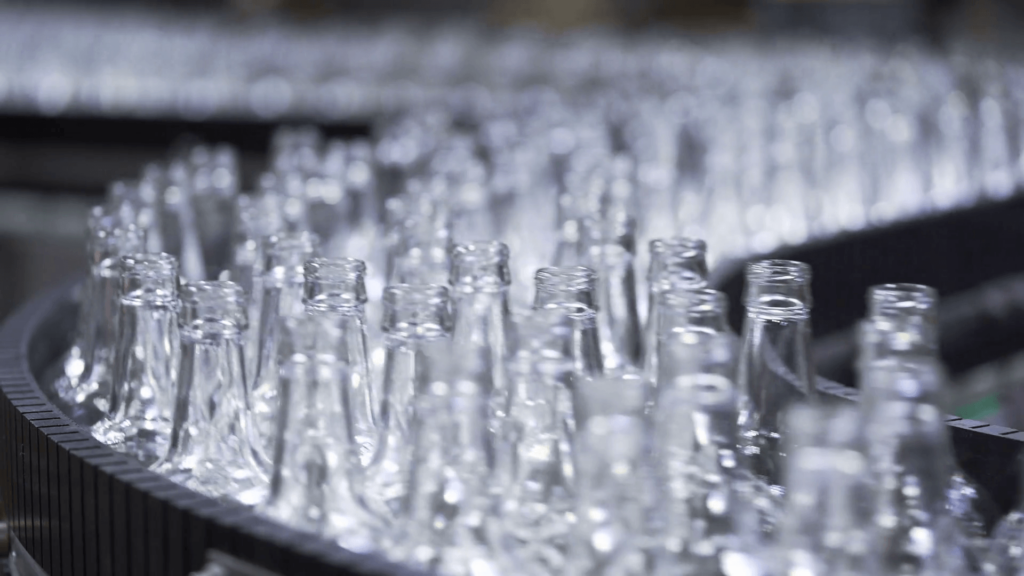
March 5, 2019
Spot was founded in 2009 with an exclusive focus on just-in-time freight (JIT) needs. Over the course of Spot’s 10-year tenure, shipping for the JIT packaging industry has become a core piece of our business. To learn a bit more about our shippers’ operations, we sat down with five of our JIT packaging customers for an inside glimpse into their routing guides, carrier scorecarding processes, and more.
To keep our customer’s anonymous, their answers were recorded in the following order within each question:
- Consumer Products Manufacturing Company
- Consumer Packaged Goods Company
- Global Container Company
- PET Packaging Company
- Global Packaging Company
How do you track loads?
- BluJay TMS
- We also send e-mail requests for load updates.
- FourKites
- Once trucks are loaded, we rely on Spot for track and trace.
- We track and manage loads by exception, meaning we only focus on identifying and handling cases that deviate from the norm.
How many carriers do you typically have on each lane in your routing guide?
- 1
- 1-3
- 3-5
- Spot is our single-source carrier
- 3
What is the ratio between utilizing asset-based companies vs. freight brokers?
- Unknown at this time, however, heavily weighted towards brokers
- 70:30
- 75:25
- 100% broker
- 30:70
How do you scorecard your carriers and how often? What are the KPI’s they are measured against?
- Monthly on OTP, OTD, tender acceptance, tenders rejected, tenders expired, tenders rejected after acceptance, and stops closed on time.
- Weekly on OTP/OTD compliance, load acceptance, and communication (including after hours and weekends).
- Quarterly, dependent upon size and scope within the company on delivery OTIF and loads taken at contract rates vs. spot quote rates.
- Weekly on OTP and OTD. We rely on weekly reporting from Spot where each of our plant locations reviews and verifies.
- Monthly on prime tender acceptance, claim ratio, and invoice accuracy.
How far in advance is production completed on the shipping side?
- Between two days and three weeks
- 1-5 days
- 4-5 days
- It varies depending on demand, season, and product
- Approximately 2 weeks
What is your average lead time on orders?
- 48 hours
- 3-5 days
- 24-72 hours
- 7-8 days
- 5-7 days
How do you anticipate bad weather and how does that affect your schedule?
- When we are made aware of plants closing due to weather, we update our TMS system to notify carriers.
- We rely on communication from weather channels, carriers, plants, and suppliers. With all loads being JIT for production, bad weather can affect our production schedule.
- Freight doesn’t recognize weather. It doesn’t affect how we conduct business unless the government shuts down roadways.
- We monitor the weather, receive information from our plants on how they will be impacted, and also work with Spot to get ahead of traffic problems.
- We attempt to ship and pull ahead of time if we know bad weather is on the way.
How do you handle breakdowns in transit to the receiver, and what protocols do you have in place in these instances?
- Carriers are required to use load note communication within the TMS system to advise of truck breakdowns. Carriers are also required to reschedule all appointments that are affected and use load notes to update load planners.
- Our team holds carriers 100% accountable to handle breakdowns while providing consistent communication and transparency in order to avoid or mitigate any plant down time.
- Recoveries are mandatory. Carriers face significant charges if a customer is shutdown.
- Recovery plans are set by Spot and agreed upon by our transportation team.
- Communication between the plant, carrier, and customer is vital. We work with our customers to reschedule where possible.
Where do you get your baseline for pricing & market trends?
- Collaborations with suppliers, Cass Freight Index, and other industry websites
- DAT, FMIC, NTR, and previous years’ data
- We get a collection of market analyses from carriers, shippers, and industry consultants. We compare this to our own analysis and draw our conclusions from there.
- Spot
- Various market indexes
How often are loads going straight into production?
- Freight for a few specific customers are needed straight for production. Also, there are times that plant transfers are needed right away to fill outgoing orders.
- Every day
- 80% of the time
- 80% of our loads are bottles going straight into production or with minimal warehouse time before going into production
- This varies by customer as some fillers go directly into production
If you’re interested in learning more about our customized solutions for the JIT packaging segment, contact us here.
